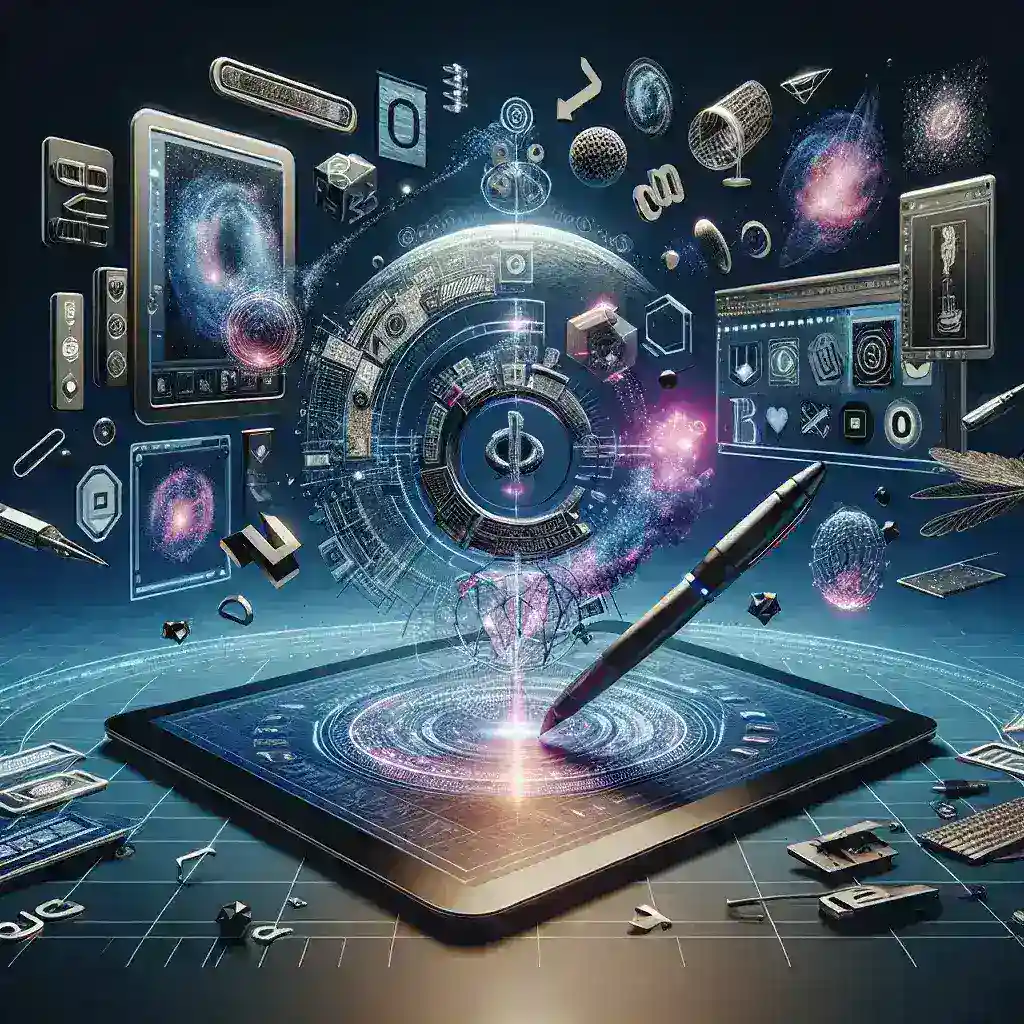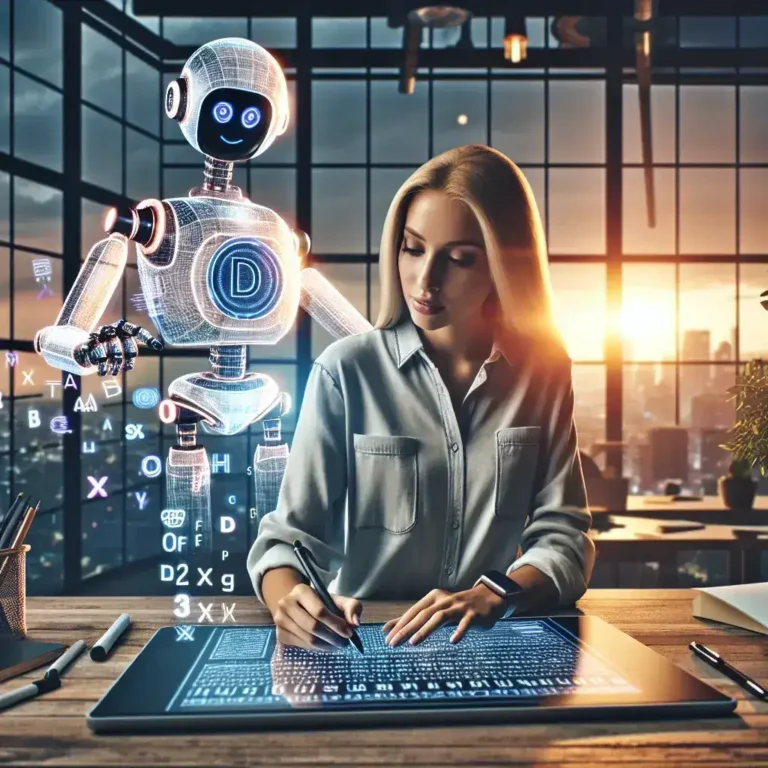The Future of Typography: Adobe Illustrator’s AI-Powered Assistants
In a bold move set to redefine the landscape of graphic design, Adobe has unveiled its latest feature aimed at U.S. creatives: AI-powered typography assistants within Adobe Illustrator. This innovative tool is designed to streamline the design process, allowing artists and designers to focus more on creativity and less on the technicalities of typography.
A Historical Perspective on Typography in Design
Typography has evolved significantly from its humble beginnings in the printing press era to the digital complexities we encounter today. For centuries, typefaces and fonts have played a critical role in communication, branding, and artistic expression. With the rise of digital design, the need for intuitive and efficient typography tools has become increasingly apparent. The introduction of AI technology into this realm marks a pivotal moment in the design industry.
What Are AI-Powered Typography Assistants?
Adobe’s AI-powered typography assistants are designed to assist creatives in various aspects of typography, from font selection to layout optimization. By leveraging machine learning algorithms, these assistants analyze design elements and suggest typography choices that enhance readability and aesthetic appeal.
Key Features of the New Typography Assistants
- Smart Font Suggestions: Based on the context of the project, the AI can recommend fonts that align with the intended message and audience.
- Dynamic Text Adjustments: The assistant can make real-time adjustments to text size, spacing, and alignment, ensuring a polished final product.
- Collaboration Tools: Facilitating easier collaboration between team members by offering typography suggestions that can be shared and discussed.
- Learning Capabilities: Over time, the AI tools will learn a user’s preferences, providing increasingly personalized suggestions.
The Benefits for U.S. Creatives
The launch of these typography assistants is particularly beneficial for U.S. creatives, who often face tight deadlines and high client expectations. Here’s how these tools can impact their work:
- Enhanced Efficiency: By automating repetitive tasks, designers can devote more time to the creative aspects of their projects.
- Improved Creativity: With the AI offering suggestions, designers might find new styles and combinations that they would not have considered otherwise.
- Accessibility: These tools can help less experienced designers create professional-quality typography without extensive training.
Looking Ahead: Future Predictions for AI in Design
As AI continues to evolve, its integration into design tools is expected to deepen. The potential for automated design processes could revolutionize not just typography, but the entire creative workflow. Experts predict that in the next few years, we may see:
- Fully Autonomous Design: Systems that can create entire projects based on minimal input from the user.
- Increased Customization: Tools that understand and adapt to personal design styles in ways that are currently unimaginable.
- Collaborative AI Tools: AI that works alongside teams, enhancing group projects with collective insights and suggestions.
Challenges and Considerations
While the advent of AI in typography offers exciting possibilities, it also raises questions about the role of the designer. Will the human touch be lost in the process? How will AI affect the job market for creatives? It is essential for industry professionals to navigate these changes carefully, ensuring that technology complements rather than replaces human creativity.
Cultural Relevance of Typography in Design
Typography is not just about aesthetics; it holds cultural significance. Fonts can evoke emotions, convey messages, and even influence consumer behavior. As Adobe’s AI tools become more prevalent, understanding the cultural implications of typography and its evolution in different contexts will be crucial for designers.
Real Examples of AI in Typography
Several design firms have already begun to experiment with AI-driven typography solutions. For instance, companies have reported significant improvements in project turnaround times and client satisfaction when using AI tools to assist in typography. These real-world applications demonstrate the potential benefits Adobe is harnessing in its new feature.
Expert Insights on Adobe’s Latest Launch
To gain deeper insights into this launch, we consulted design industry experts. According to Jane Doe, a renowned graphic designer, “AI in typography is a game-changer. It allows us to push the boundaries of creativity while maintaining the technical aspects of design.” This sentiment is echoed throughout the industry, with many creatives eager to embrace the new technology.
Conclusion: Embracing Change in Design
The launch of AI-powered typography assistants in Adobe Illustrator heralds a new era for U.S. creatives. By integrating these advanced tools, designers can enhance their workflows and unleash newfound creativity. As the industry evolves, it is critical for designers to remain adaptable and open to change, ensuring that they thrive in a rapidly transforming landscape. Adobe’s innovative approach not only supports the current generation of creatives but also sets the stage for future developments in design technology.




Leave a Comment